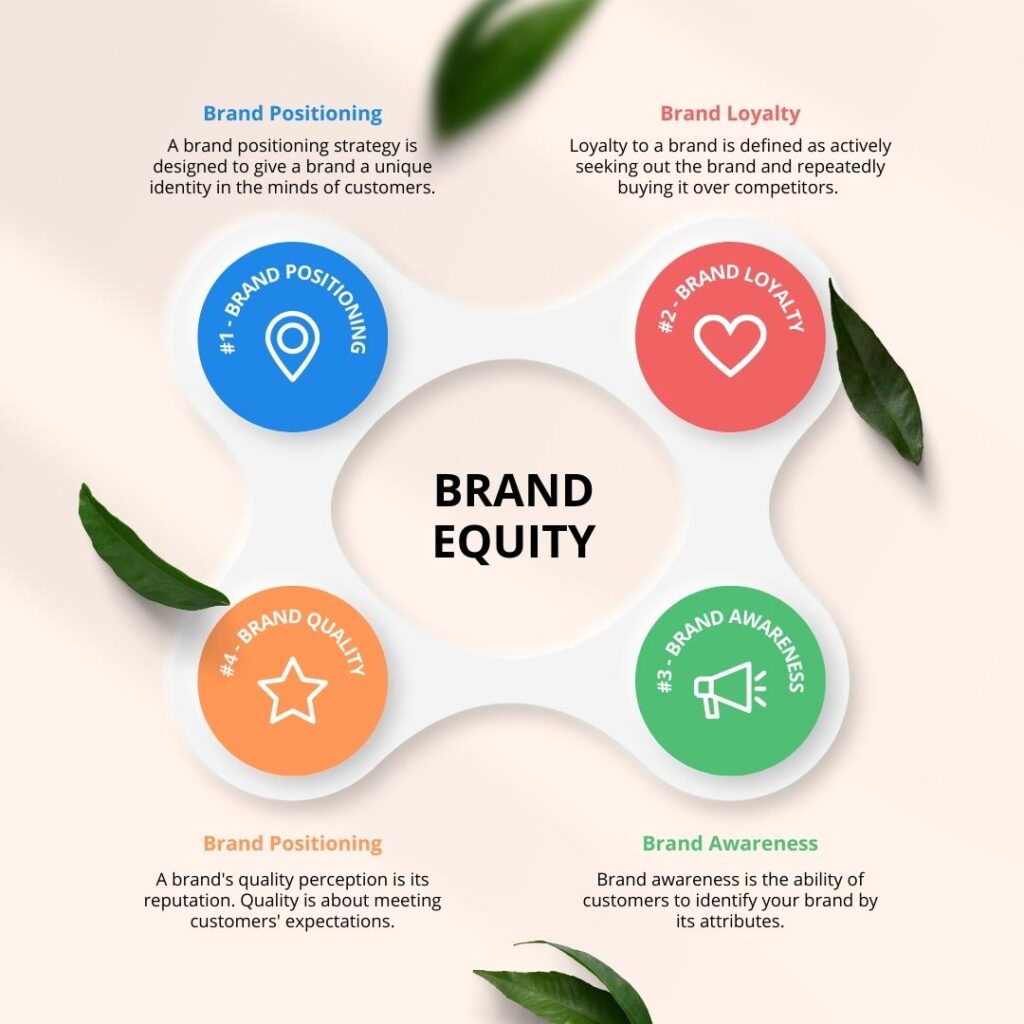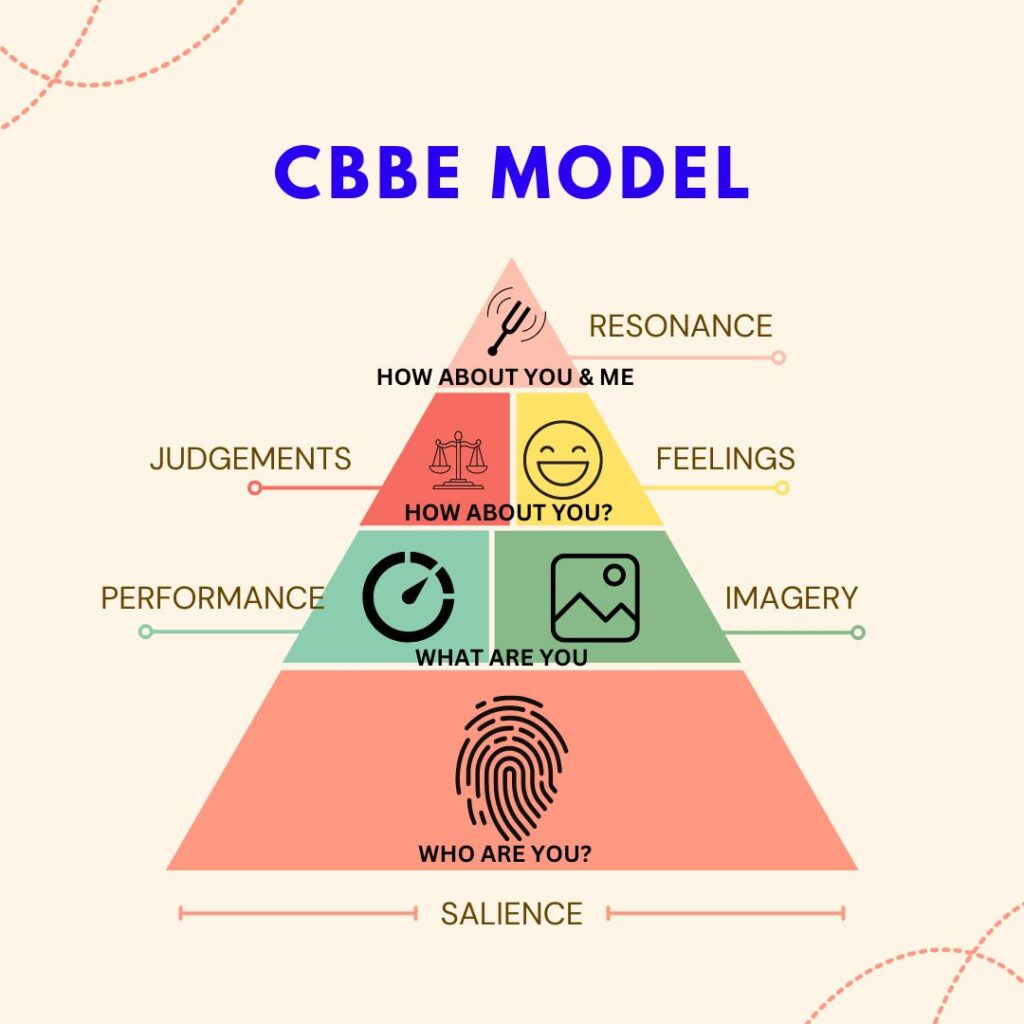
CBBE Model or The Customer-Based Equity Model is a model that combines marketing research and brand building. It offers a road map for developing and implementing brand strategies. The CBBE model is useful in many marketing situations. Here are some examples of how it can help you build a brand.
The CBBE model is based on Keller’s pyramid, which stresses the need for an authentic, unique, and responsive brand identity. Brand identity includes selecting a brand name, creating a representative logo, and bringing together different aspects of the company under one brand. After developing the brand identity, the CBBE model focuses on brand strategy.
The CBBE model is an important tool in brand development. It provides a road map and yardstick for brand building and is a useful guide for marketing research. By using the model, marketing teams can create unique brand identities and improve the brand’s value. Once they have identified the value and perception of their product, they can implement various strategies to create a differentiated brand identity.
The CBB model was developed by American scholar Kevin Lane Keller in 1993. It proposes the idea that brand success is directly related to the attitudes of consumers. A strong brand identity is the first building block to a successful brand. Brands must connect with their customers to create a meaningful relationships with them. It is also popularly known as Keller cbbe model
What is a Customer-Based Brand Equity
Customer-based brand equity is an important aspect of product marketing. Positive customer-based brand equity occurs when a brand’s name and reputation are positively associated with a consumer. For example, if a consumer has purchased “Morton” and likes the name, they will be more likely to buy more of the same brand in the future. In contrast, negative customer-based brand equity occurs when a consumer reacts negatively to a brand’s marketing activities.
Customer-based brand equity relies on five key elements: value, performance, trust, social image, and commitment. By focusing on these five elements, brands can develop strategies that will help them create lasting brand equity. The first step in building brand equity is to build a relationship with customers and meet their needs.
Customer-based brand equity begins with a great brand identity. From there, it’s a slow process of building a strong relationship with your customers. While this process sounds simple enough, it’s not. The most successful brands start with a strong brand identity and grow their brand slowly.
Customer-based brand equity also benefits the company’s bottom line. A strong brand creates a sense of oneness with consumers and ultimately lowers the cost of production. Strong brand equity also results in high brand awareness. Consumers are loyal and are willing to recommend a brand they use.
Customer-based brand equity is a powerful concept that shows how a brand’s success is directly linked to the attitudes and feelings of its customers. It is important for marketers to understand this concept and use it to build strong brands. The most widely used CBBE model is the Keller Model, developed by Professor of Marketing Kevin Lane Keller. This model shows how businesses should build from strong brand identity to brand resonance, which is the point at which consumers become brand advocates.
CBBE Model : Constituents
There are many factors that affect brand value and customer loyalty. While customers’ satisfaction with a product or brand is important, there is also a need to consider the performance of the brand in the market. Brand performance can be influenced by a number of factors, including the brand’s social image, price, and commitment.

The CBBE Model can be considered in a form of a Pyramid.
Salience: The first constituent of forming brand equity is the salience in which the brand explains who they are, what they sell, and what products and services the brand intends to offer
Meaning: The Second Step shares the meaning of the brand and what it stands for. It can be explained in terms of performance, or its perceptual image within its customer
Response: The third step is the response or the emotions it invokes within a customer in which they pose positive or negative sentiments among its customer
Resonance: The fourth block responds to creating brand resonance, in which a loyal set of customers identifies itself with the brand and creates a significant brand image for the product or the brand.
CBBE Model of Apple: Explained
The CBBE model focuses on building brand equity from the ground up. It is a simple model that has broad applicability, and it works for small businesses as well as global conglomerates. The key to achieving positive brand equity is to build a strong connection with customers. The process begins with identifying unique selling points for your product. Then, the next step is developing a brand strategy.
Let us first run an example of Apple. Apple is one of the most valuable technology companies in the world and has its set of most loyal customers. No other company in the tech space has been able to create a brand identity similar to Apple. In this example, we will understand the 4 steps of the CBBE model for Apple
| Elements of the CBBE Model of Apple | What does that mean |
|---|---|
| Brand Salience | Innovative company. Focused on beautiful designs with unmatched performance |
| Brand Meaning | Best-in-class performance, unmatched aesthetics |
| Brand Response | How it connects to the classy and creative people involved in designing and creating great work |
| Brand Resonance | Rings a bell among highly creative and independent people looking for an awesome performance |
The CBBE model has four steps and six building blocks, all aimed at establishing a brand’s key elements. Each of these steps establishes brand equity and sustains the brand’s position as a premium product. The model is flexible and can be used to create a brand’s platform and positioning statement.
In today’s digital world, the consumer is the main driver of business success, so it is crucial to understand the mindset of your customers. In order to build strong brand equity, you need to understand what your customers want, and what makes them happy. CBBE focuses on this and explains how customer attitude plays a big role in the success of a brand.
Customer-based brand equity is extremely valuable, and it is highly effective when used correctly. Using the CBBE model can help you understand your customers’ needs and build a loyal customer base. You can improve your marketing efforts and improve your profits by understanding your customers’ perceptions of your brand and its offerings.
CBBE works best when you create a brand that has loyal customers. The more loyal your customers are, the more likely they are to recommend your brand to others. Strong brand equity will help your company respond to competitor actions, allowing it to create an advantage over your competitors.
How to use CBBE for building a brand
When building a brand, you need to consider the following three elements: image, performance, and salience. Image is the ability of the brand to capture the attention of the customer and create a lasting impression. Performance refers to how well a brand fulfills a customer’s needs and wants. Finally, you need to think about brand equity, which refers to the feelings that customers associate with your brand. These feelings may be fun, warmth, or security.
Creating strong brand equity starts with understanding your customers. By understanding your customer’s needs and expectations, you can develop a brand that resonates with them. The CBBE model can help you understand how to make a brand memorable and valuable for customers. It can also help you understand the different factors that affect brand equity.
The CBBE model starts by defining your brand. This is the foundation of the brand and emphasizes creating an authentic, unique, and responsive brand identity. This includes selecting a brand name, designing a brand logo, and bringing several aspects of a company under one cohesive brand. Once this is done, you can begin to develop a brand strategy.
The CBBE model focuses on five key elements that influence a customer’s perception. The five components of brand equity are performance, value, social image, trust, and commitment. The CBBE model will help you create a foundation for building a brand and creating advocates for your business.
What are the various levels of CBBE?
The CBBE model is a framework for analyzing the effectiveness of different marketing strategies. Its three levels of measurement are value, usefulness, and performance. The value measures the product’s or brand’s performance in the market, while usefulness measures the relationship between the brand and the customer. Value measures can also include social image and commitment.
The first level of the CBBE model focuses on brand awareness, recognition, and recall. The goal is to have the brand be so important that a customer considers it when planning a purchase. The next level is performance, which evaluates a brand’s ability to meet customer needs and wants. Finally, brand equity refers to the feelings associated with a brand. Positive brand equity results from customer relationships.
The CBBE model is based on the notion that brands can be built through a process of building customer loyalty from the bottom up. Its simplicity and broad applicability make it a popular tool for building brand equity and increasing profits. Brands can use any level of the model, from local boutique brands to global multinational companies.
The CBBE model is a pyramid that shows the steps required to build strong brand equity. Each level represents a different phase in brand building. First, the brand must have a strong identity and a positive relationship with its customers. It should be so influential in a customer’s mind that he or she will act as an advocate of the brand.
Samrat is a Delhi-based MBA from the Indian Institute of Management. He is a Strategy, AI, and Marketing Enthusiast and passionately writes about core and emerging topics in Management studies. Reach out to his LinkedIn for a discussion or follow his Quora Page
